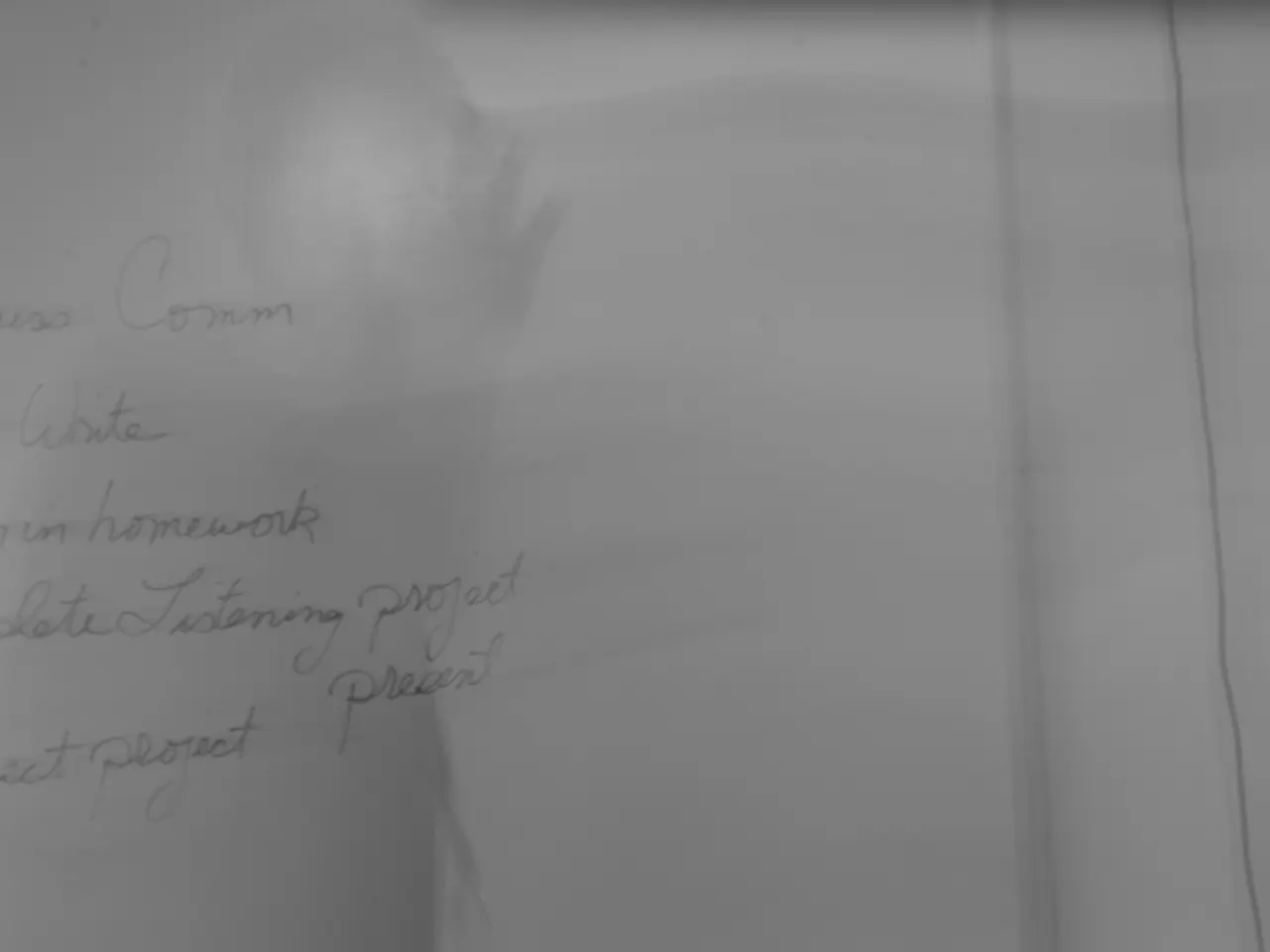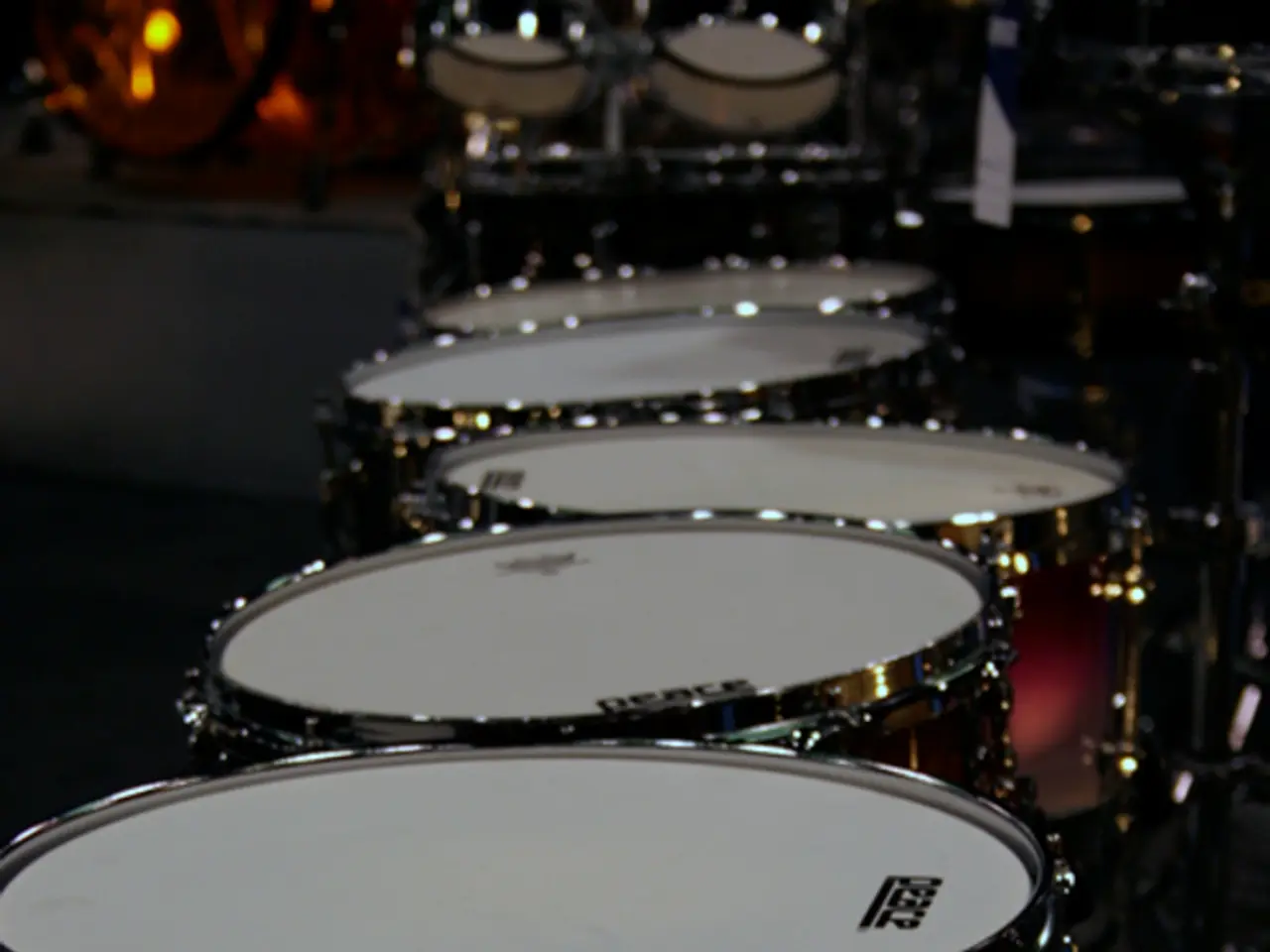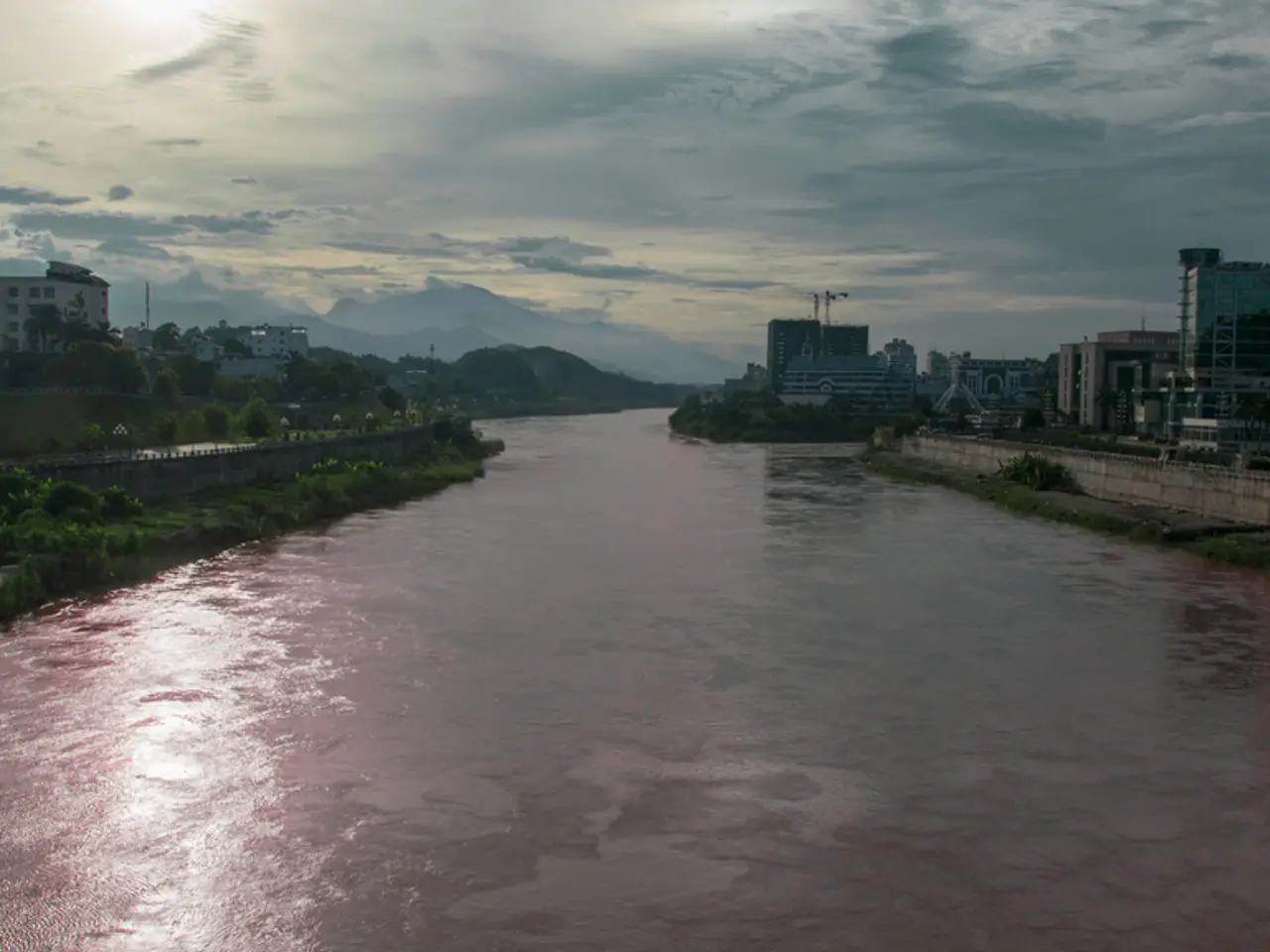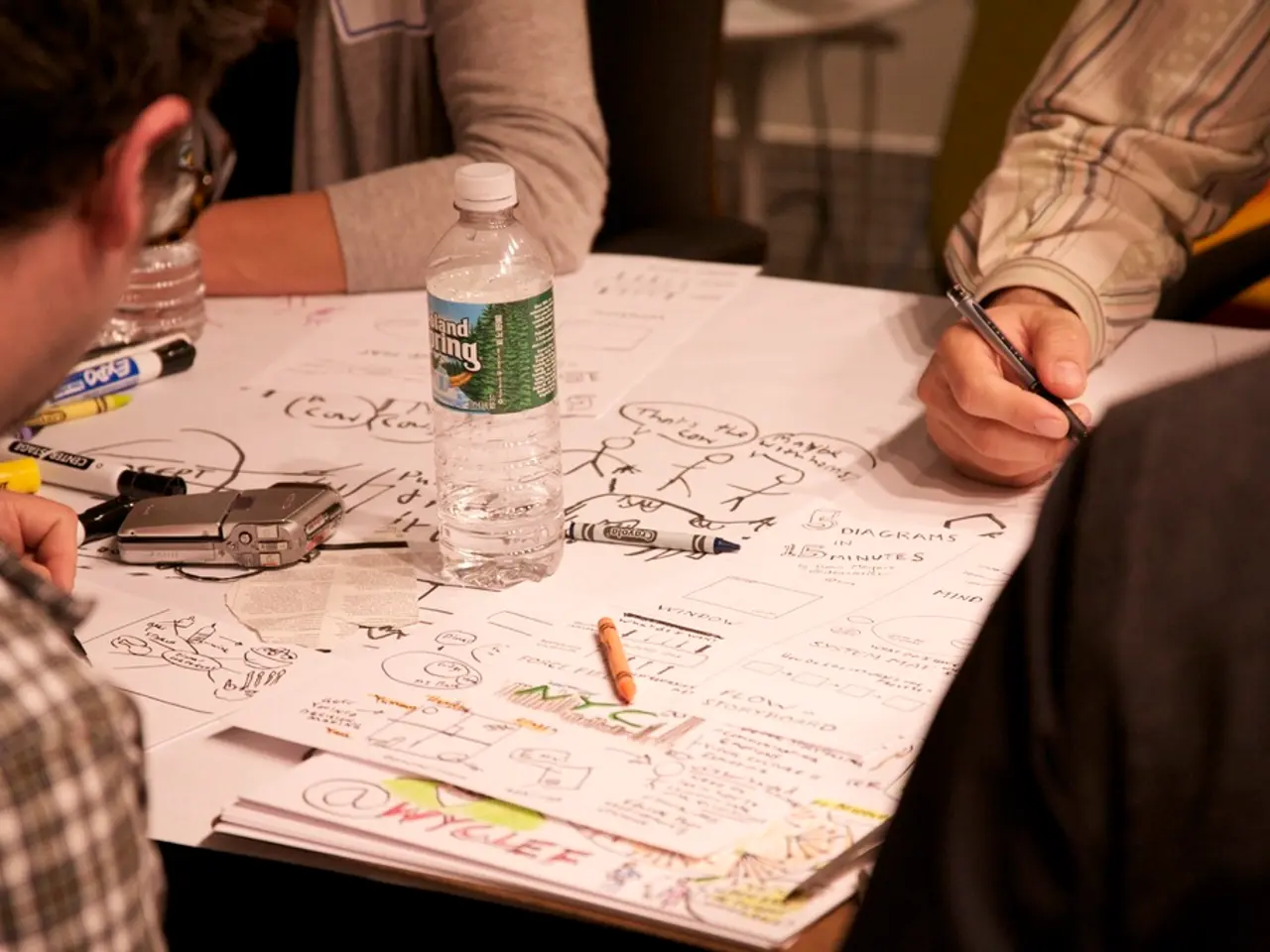MIT Devises Water-Extracting Technology that Captures Liquid from Ambient Humidity, Operable in Arid Deserts Too
In a significant breakthrough, researchers at MIT have developed a passive water-harvesting technology that could revolutionise the way we tackle water scarcity, particularly in low-resource environments. This innovative device, resembling "bubble wrap" made of hydrogel domes sandwiched between two glass layers, has proven effective even in the world's driest places.
The technology operates without electricity, making it ideal for remote or off-grid areas. During the night, the hydrogel absorbs moisture from the air, while a special coating on the glass keeps it cool during the day, facilitating condensation and collection of water. This design ensures the production of between 57 to 161 milliliters of clean drinking water per day from a single panel in extreme conditions, such as Death Valley.
The use of glycerol instead of lithium salts in the hydrogel design ensures the collected water is safe for drinking, minimising contamination risks. The incorporation of glycerol stabilises lithium salts in the hydrogel, reducing salt leakage to under 0.06 parts per million, well below U.S. Geological Survey's safety thresholds for groundwater.
An array of eight 3x6 feet panels could supply enough drinking water for a household, offering a scalable solution for water-scarce regions. The system is estimated to recover its cost within a month compared to regular bottled water use in the U.S. and has a lifespan of at least a year, making it economical in the long run.
Researchers plan to continue testing the device in other low-resource environments to better understand its performance under varying climatic conditions. The device has shown promise across a range of humidity levels, from extremely dry deserts to very humid environments, making it versatile for different low-resource settings.
The small footprint and scalability of the technology make it a promising solution for real-world impact. The compact size of the system allows for multiple panels to be installed vertically in small spaces, making it suitable for crowded or resource-constrained areas.
In conclusion, MIT's bubble wrap-like water harvester offers a promising solution for water-scarce environments due to its efficiency, scalability, and cost-effectiveness. Further testing in diverse low-resource environments is planned to enhance performance and efficiency, bringing us one step closer to a sustainable approach to tackling water scarcity.
This innovative water-harvesting technology, developed by MIT researchers, not only excels in addressing water scarcity issues in low-resource environments but also extends its application to health-and-wellness concerns, as the collected water is safe for drinking. Moreover, this environmental-science advancement utilizes technology, particularly the integration of glycerol in its hydrogel design, to ensure minimal contamination risks and sustainability.




